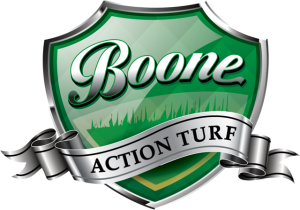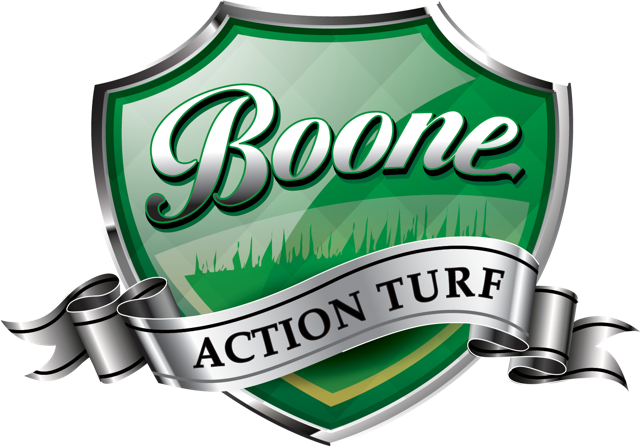TURF INSTALLATION PROCESS
Switching to turf is as easy as One, Two, Three.
We Make It Easy As One, Two, Three.
Here’s our installation methods for synthetic turf.
Boone Action Turf Makes All Installations Simple
Learn exactly what we do to turn your lawn Eco-Friendly.

Synthetic Lawns / Putting Greens
With the many different talents of landscape contractors out there, installing synthetic grass, there really isn’t a recipe that is the Right one. There are many different tools needed and the landscape contractor’s techniques are all different or unique. With the many requests we have been receiving, we have put together a Recipe that you can follow which will give you an idea of how installations may be tackled.
We believe your Base work is the most important part of the recipe. This does vary depending on where you live. You may hear your contractor saying that he will be using ¾ inch road base, or decomposed granite base. Again depending on where you live, you might only need to have the decomposed granite base. Or you may need both bases. This decision is best left upon your landscape contractor after walking your jobsite.
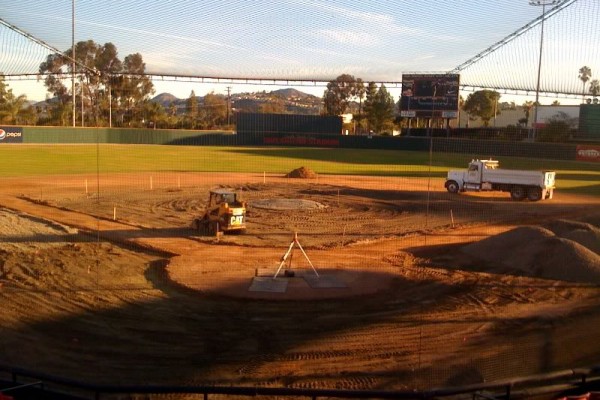
Base Work Is The Secret
The new base work will all also need to be compacted using a roller, a tamper or a plate compactor. A Weed cloth barrier is also recommended. Each landscape contractor may have different ideas as to when to install this. Some will lay this down prior to the new base work being added. Others will add this to the top of the new compacted base work.
The base work needed for installing Putting greens is far more detailed than a residential or commercial installs. Putting greens, we do recommend that you hire a landscape contractor that specializes in installing these. Your green will need to be rolled smooth and with draining into your fringe. Your cups will also need a little more care as they are usually installed with concrete. The amount of silica sand (which is a smaller version of Dura fill) that will be top-dressed into the green will help determine the speed of the ball.
Your synthetic turf rolls are usually 15 foot in width. Depending on your square footage, you may need the help of family and friends for those, do it yourselfers,
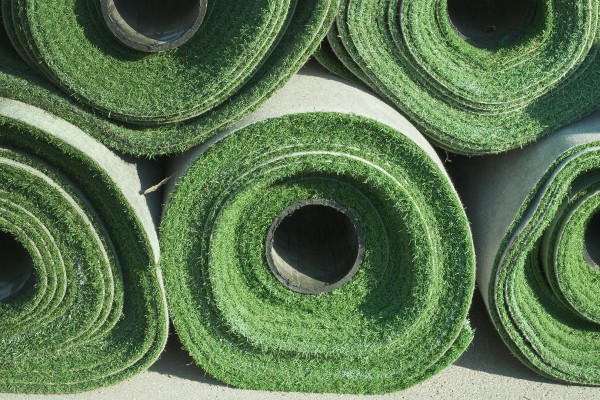
Turf Preparing & Transporting
To unload the turf from your vehicle and transport it to the job site. The turf should be laid out unrolled to allow it to relax at least 1 hour before the actual installation. Ideal temperature for installation should be between 55° – 95° degrees Fahrenheit. Also, the relative humidity should be between 10% – 65%. The turf should be pre-cut for each area allowing some excess for proper seaming, trimming and edging.
If your area is to need seaming, there are many different types of materials that are out there. You may have heard of, roof flashing, glue, nails, staples, etc… All will work and one is not better than the other. It is in the installer’s hands and expertise to make sure the leave an almost invisible seam.
Durafill/ Envirafill is the last ingredient added. When top-dressed into your synthetic lawn fibers it will help with those fibers to stand up. Also depending on your square footage be it small, it is helpful as to it adds weight onto the turf.
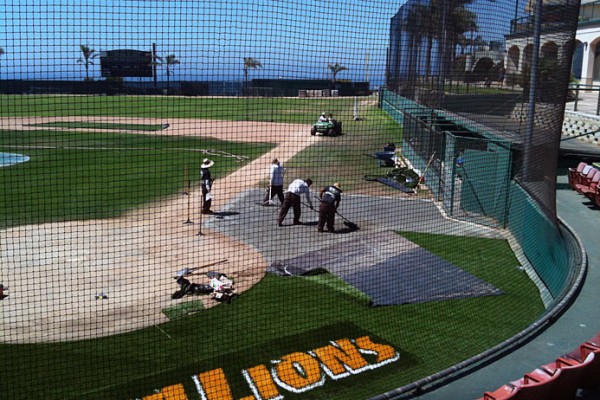
Glue Down Process
Prior to installation, the concrete surface must be fully cured and then washed with clean water to remove all excessive chemical materials used to cure the surface. All alkali, emulsifiers, oil substances and soap residue needs to be removed. Proper curing time will range from 30 to 60 days after the concrete installation.
Just before installation, the concrete surface must be thoroughly cleaned which should include sweeping, vacuuming and mopping to insure that all dirt, grease, oils, paints or any other contaminants which will prevent proper adhesion are removed.
The turf should be laid out unrolled to allow it to relax at least 1 hour before the actual installation. Ideal temperature for installation should be between 55° – 95° degrees Fahrenheit. Also, the relative humidity should be between 10% – 65%. The turf should be pre-cut for each area allowing some excess for proper seaming, trimming and edging.
The concrete needs to have no moisture in it for the adhesive to adhere properly. If your concrete has sprinklers that hit it, we recommend you turn those off for a couple of days prior to installing. Also keep in mind the weather. Do not attempt to glue down in rain, misty weather.
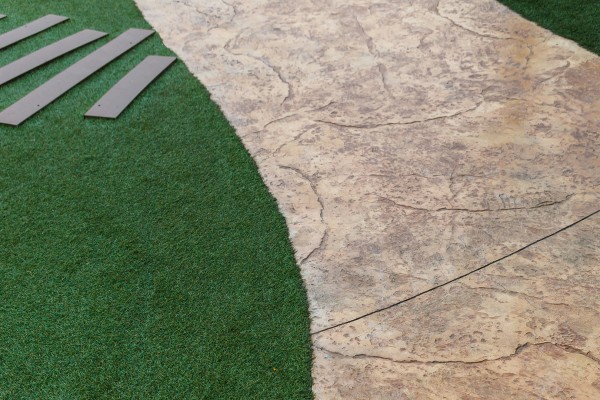
More Tips On Adhesive
We recommend using a waterproof adhesive for both indoor and outdoor installs. The adhesive should be stored in an area with temperatures between 65° – 85° degrees Fahrenheit. The adhesive should be evenly spread on the sub-flooring surface that covers an area approximately 1/2 the actual size of the turf roll being glued.
The adhesive should be applied using a V-notched trowel for smooth foam backed turf and a U- or Square-notched trowel for rough backed unitary turf. A 1/8 V-notched trowel should apply approximately 10 to 12 yards per gallon and the 1/8 U- or Square-notched trowel will apply approximately 7 to 9 yards per gallon. Note: Variations in the sub-floor surface will affect the actual final coverage rate.
